Natural Resources
All Natural Resources Content

Private Property vs. Public Access: Managing Non-Meandering Waters in South Dakota's Prairie Pothole Region
Fact sheet on managing non-meandering waters in South Dakota's prairie pothole region.
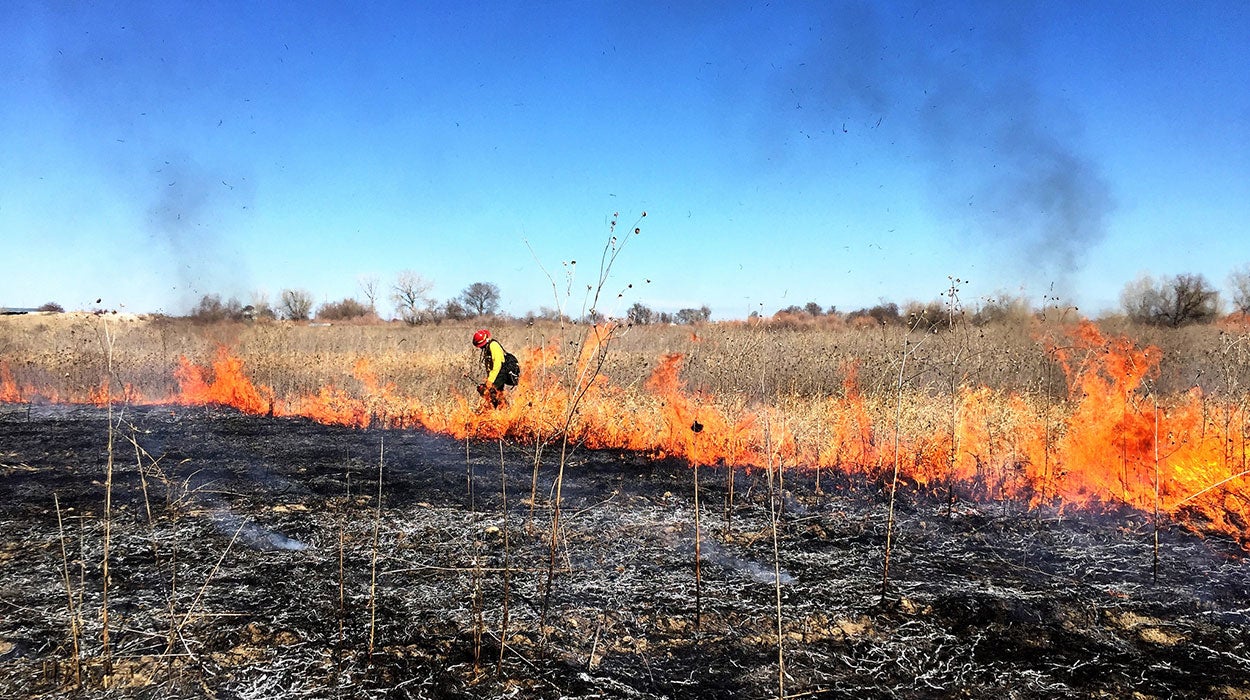
Prescribed Fire
SDSU Extension works collaboratively with state and federal partners to educate landowners about the use of fire as a grassland management tool.
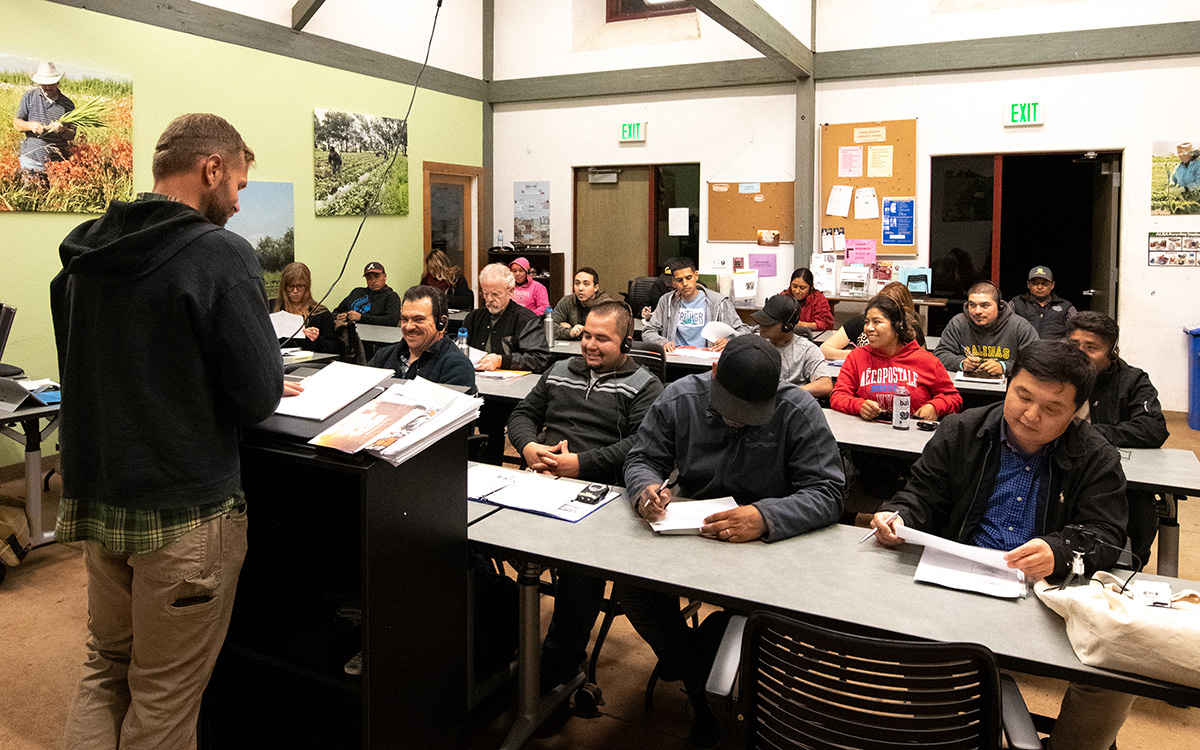
South Dakota Commercial Pesticide Applicator Certification Testing
New commercial pesticide applicators and those that have allowed their licenses to lapse must pass commercial pesticide applicator exams to receive certification. Learn about some some helpful resources, contacts, and tips to help you be successful in your certification testing.
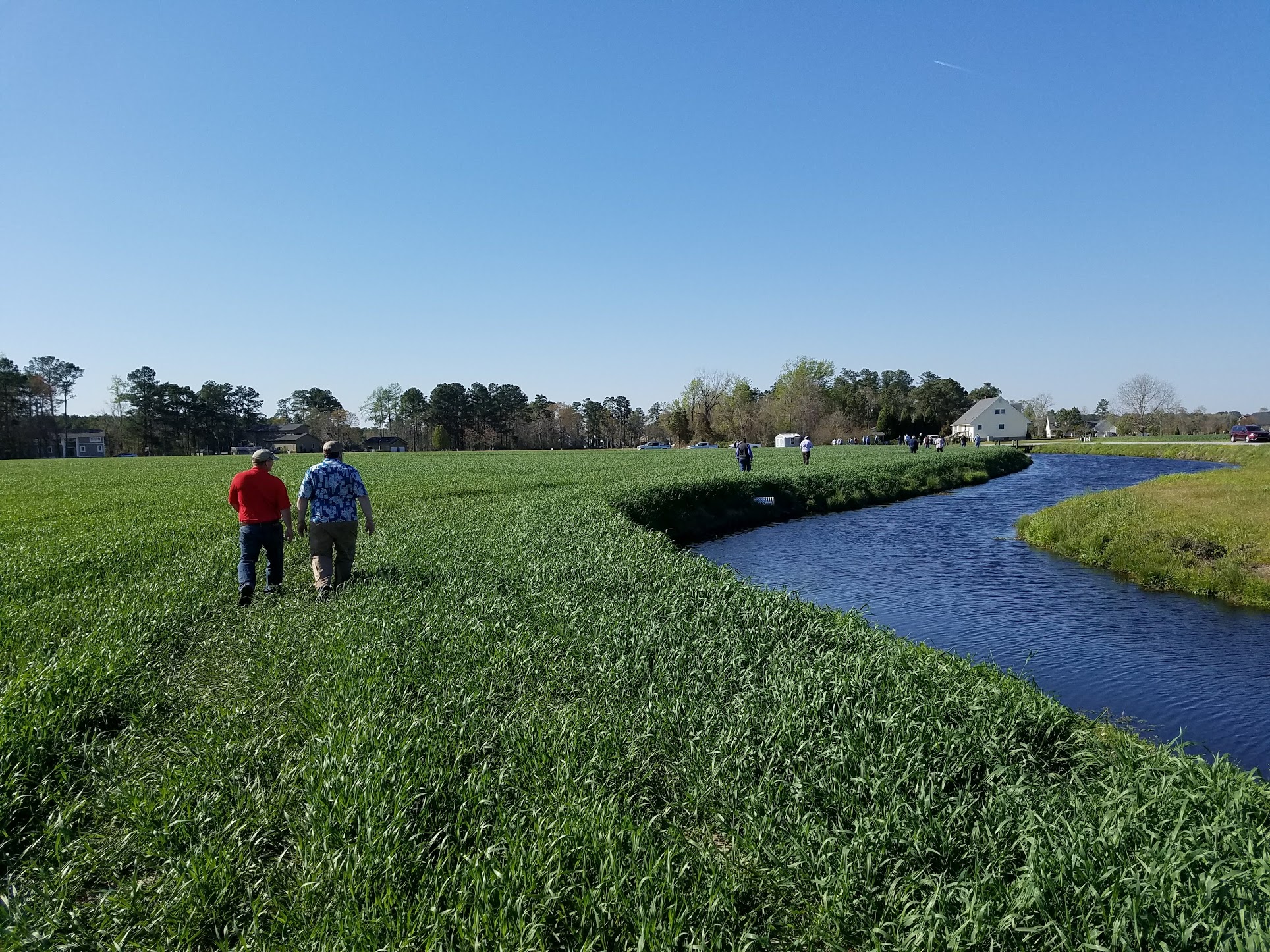
SDSU Extension co-hosting regional water, drainage forum
August 08, 2025
South Dakota State University Extension is pleased to announce the 2025 Tri-State Drainage Research Forum on Sept. 9-10 at McCrory Gardens in Brookings.
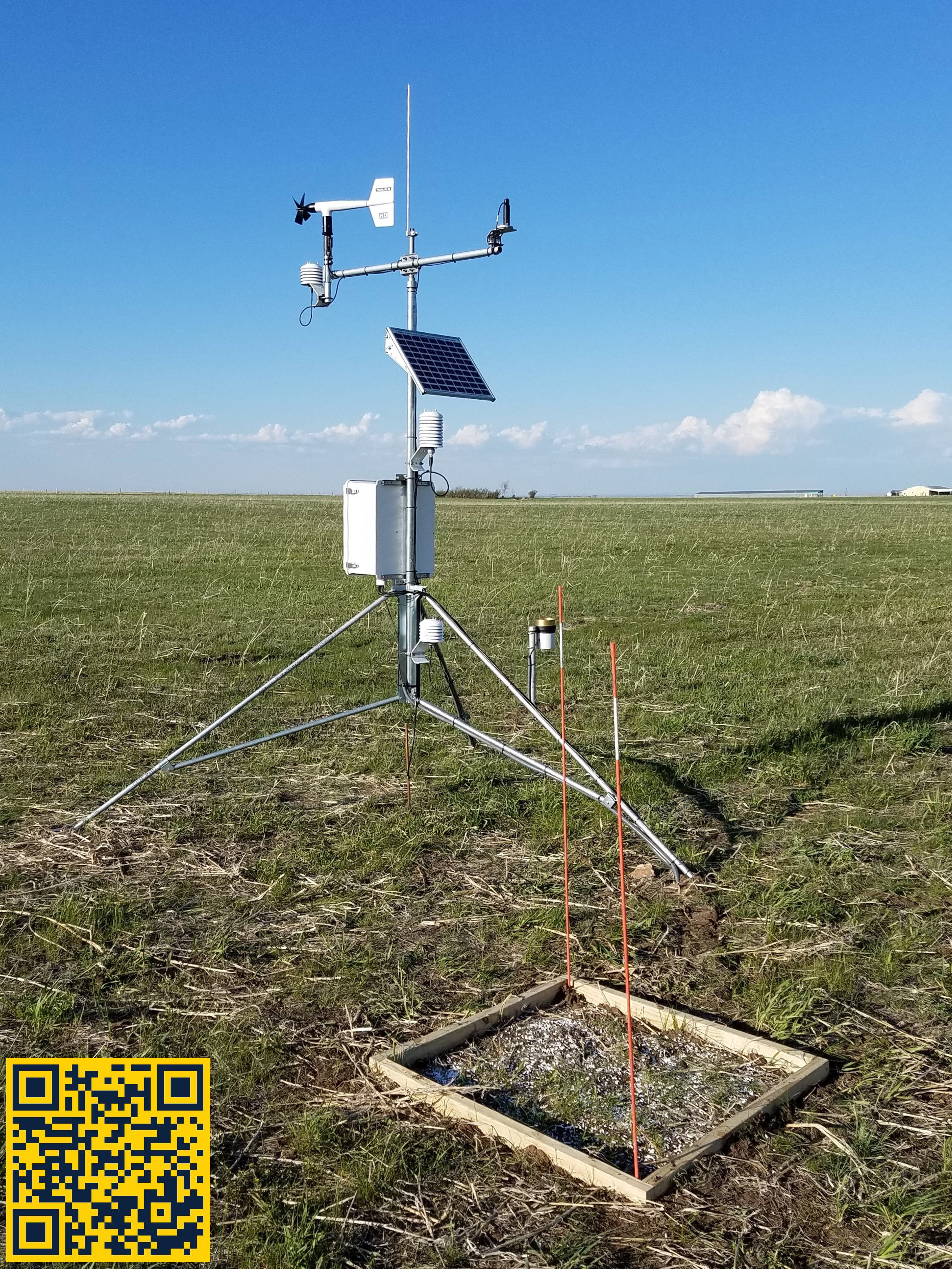
Climate and Weather
View resources to predict, prepare and recover from weather-related events year-round, including the latest drought and flood information.
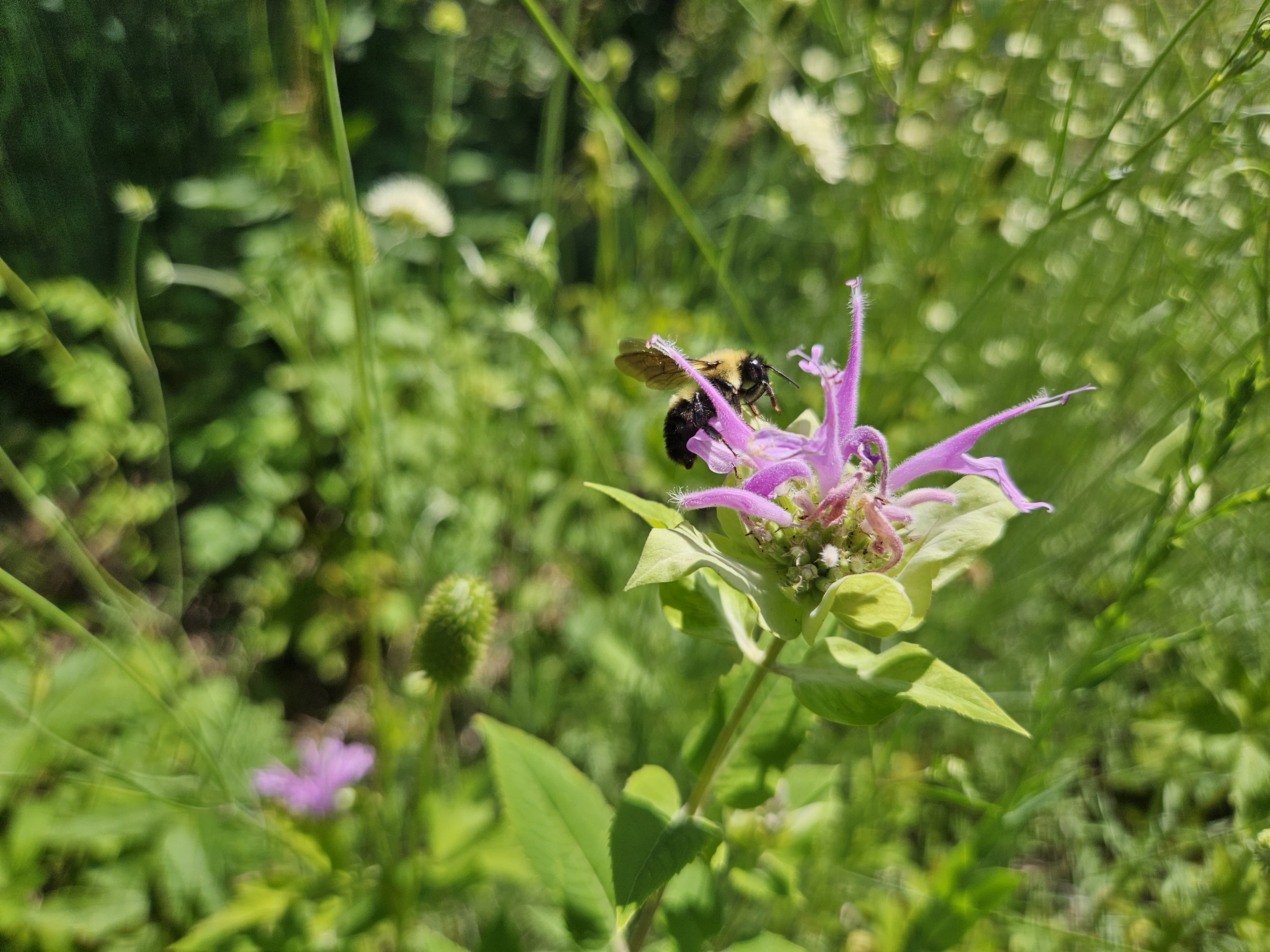
Managing Forests for Pollinators
Fact sheet on the importance of managing Black Hills forests for pollinators.
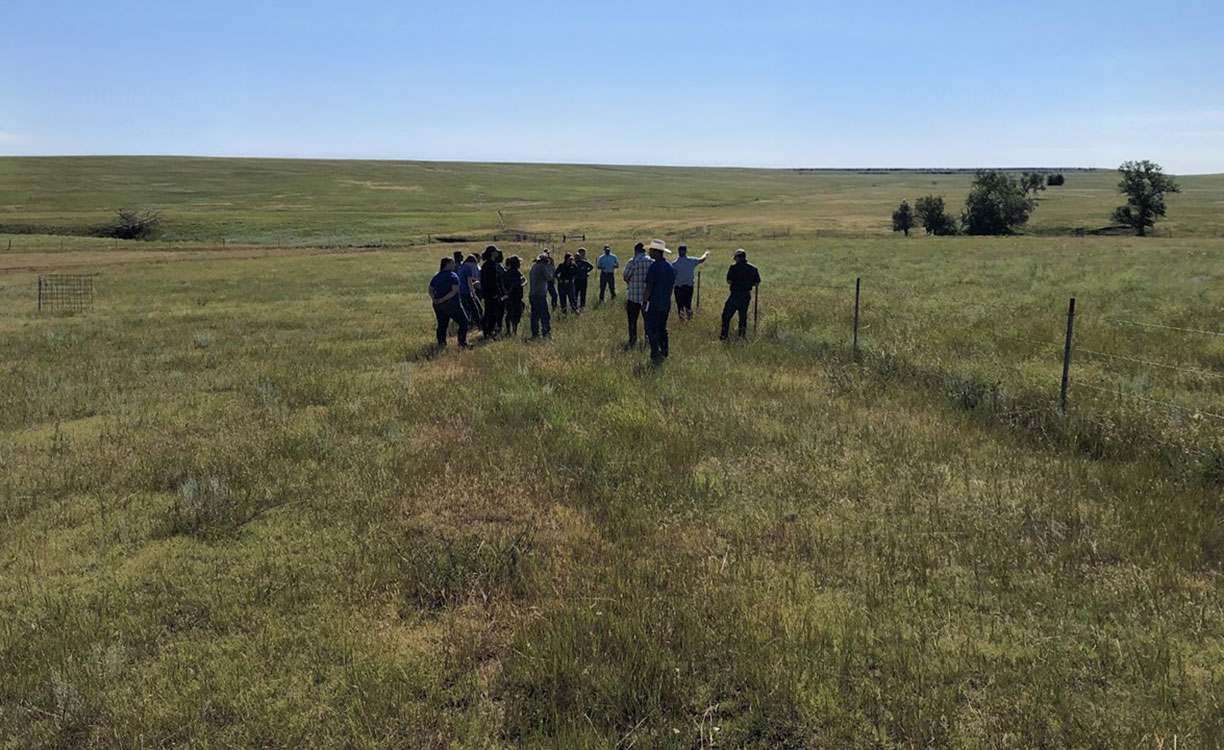
Systems Thinking for Agriculture: A tool for addressing complex ranch problems
A systems approach to management encourages producers to take multiple factors into consideration to solve problems within their agricultural operation.
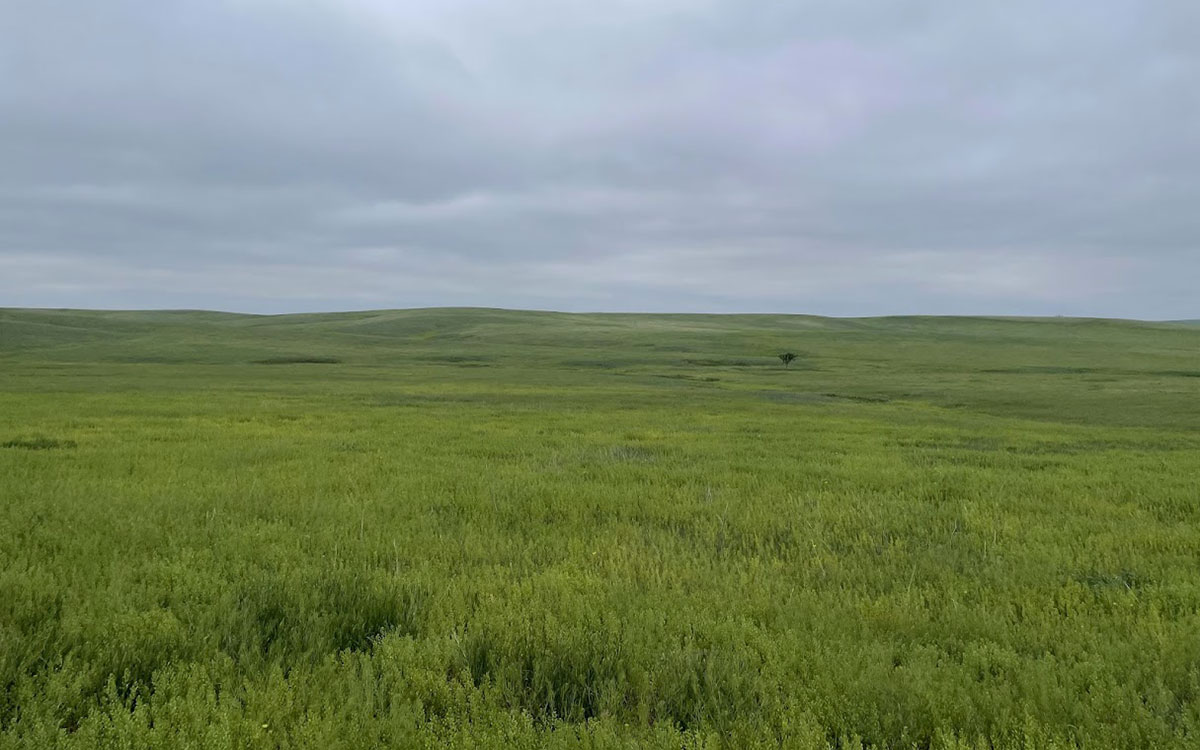
2025 Field Pennycress Management Considerations
Field pennycress prevalence on pastures has been observed to be in higher abundance this year in Western South Dakota. When consumed in certain quantities it can be toxic to livestock.

The Importance of Fish for Native Freshwater Mussel Reproduction
To reproduce, freshwater mussels rely on fish to carry their young into new areas and disperse them when they are old enough. By conserving suitable fish habitat, it also allows us to indirectly conserve mussels by providing necessary resources for mussels to reproduce.
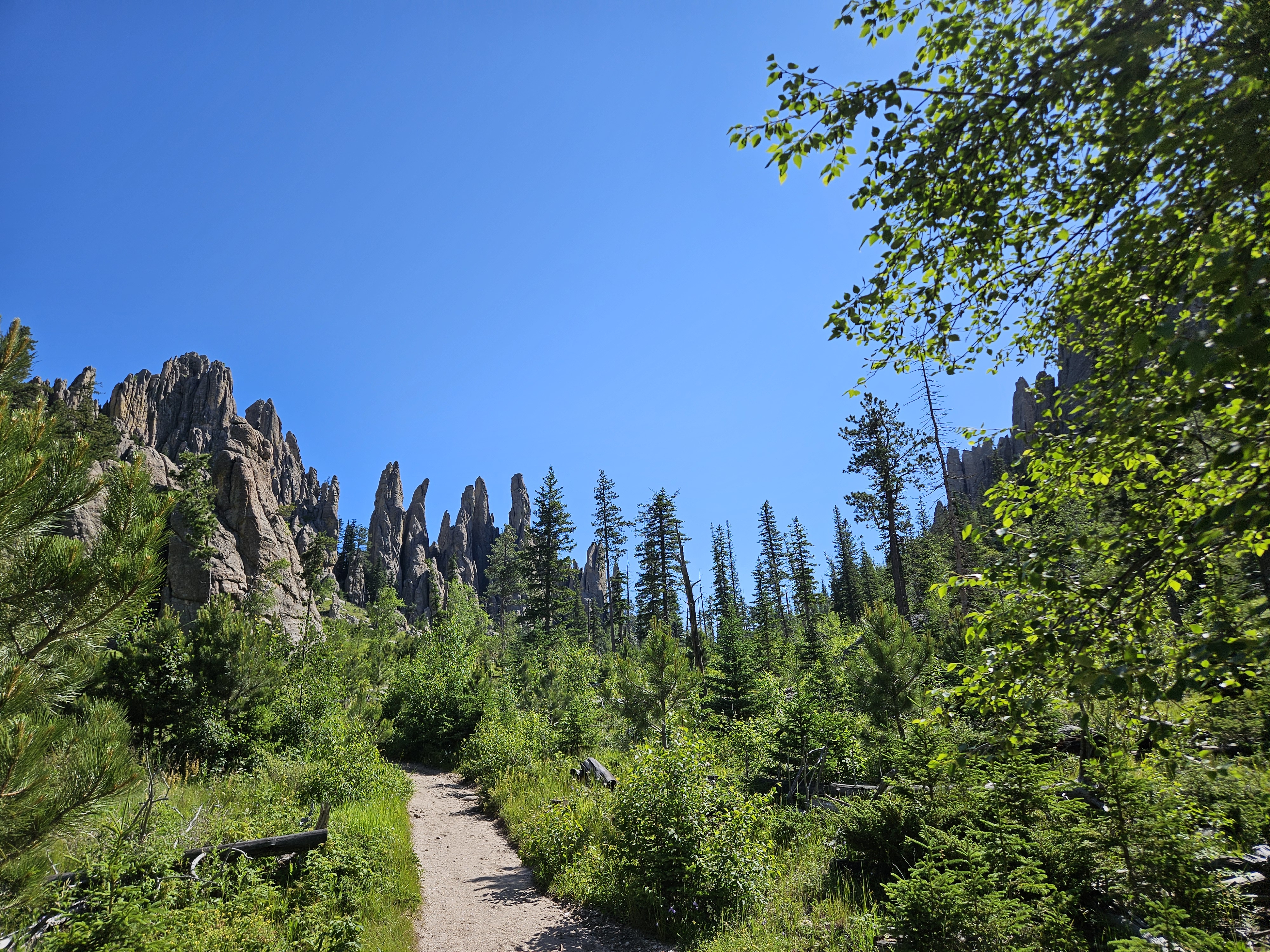
Limber Pines of the Cathedral Spires: A Unique Tree
Fact sheet on the history, status and threats of limber pines.